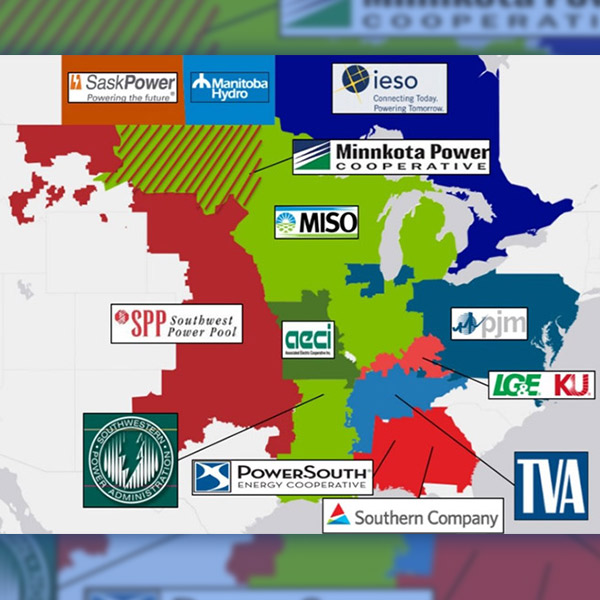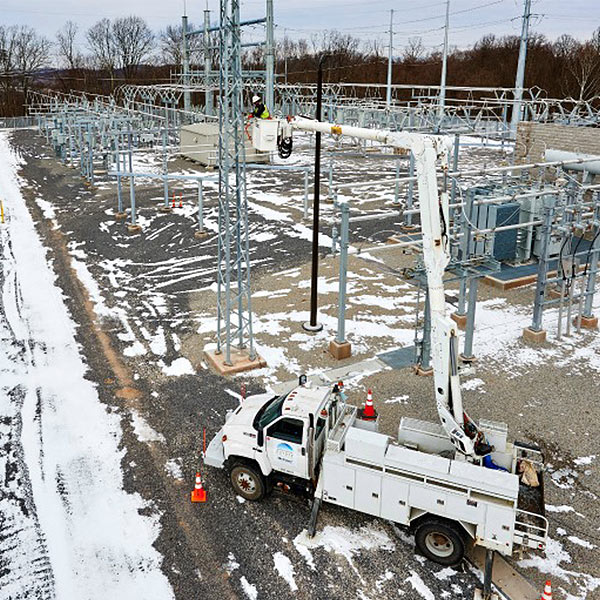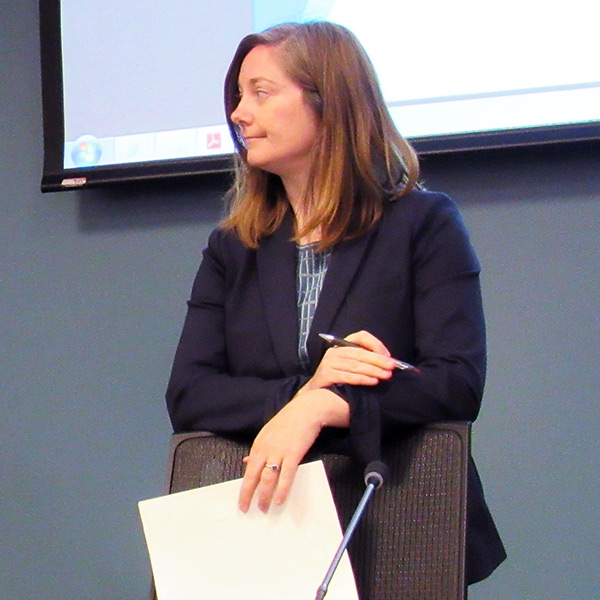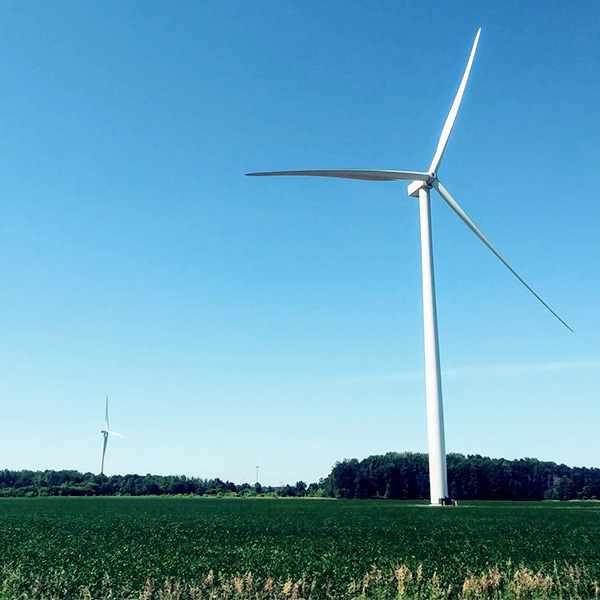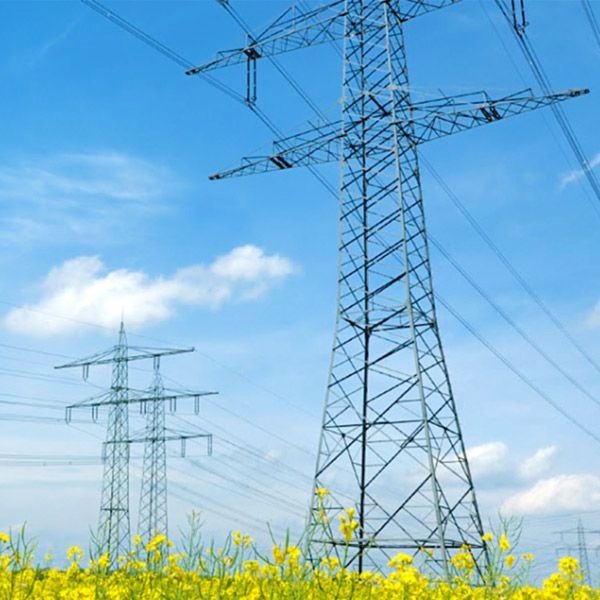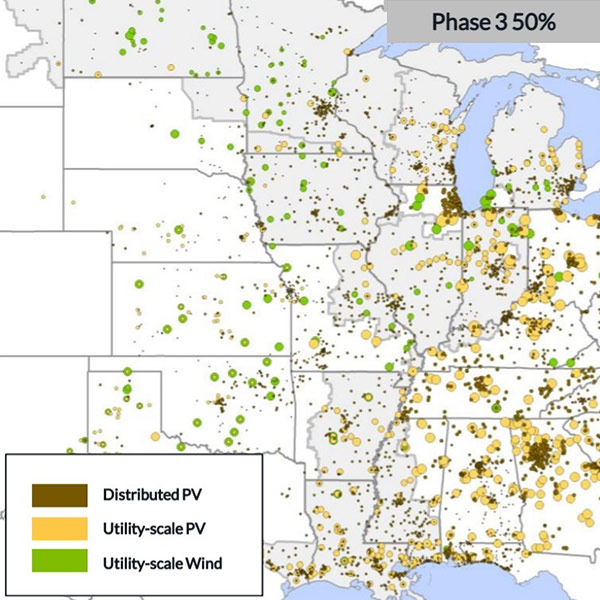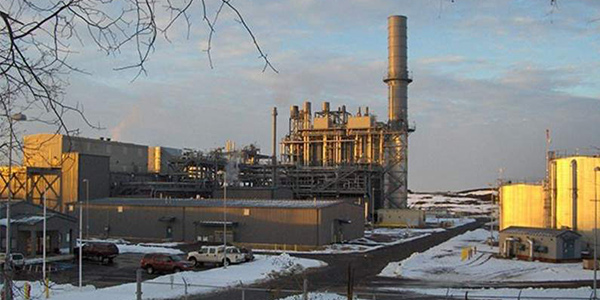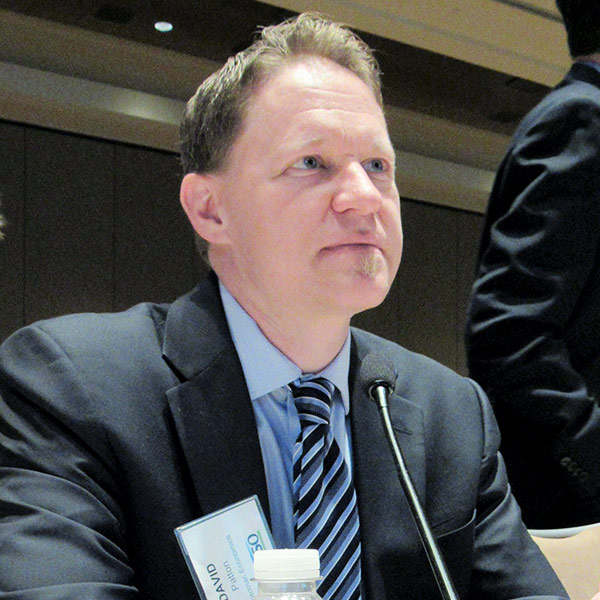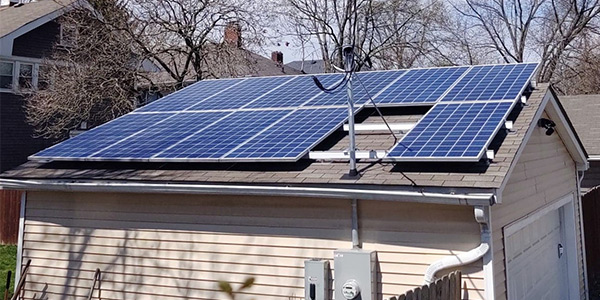MISO
MISO Advisory Committee (AC)MISO Board of DirectorsMISO Market Subcommittee (MSC)MISO Planning Advisory Committee (PAC)MISO Regulatory Organizations & CommitteesOrganization of MISO States (OMS)MISO Reliability Subcommittee (RSC)MISO Resource Adequacy Subcommittee (RASC)
The Midcontinent Independent System Operator is a regional transmission organization that plans transmission projects, administers wholesale markets for its membership and manages the flow of electricity in Arkansas, Illinois, Indiana, Iowa, Kentucky, Louisiana, Michigan, Minnesota, Mississippi, Missouri, Montana, North Dakota, South Dakota, Texas and Wisconsin.
MISO, PJM and SPP are close to meeting FERC’s transparency requirements around affected-system studies, but their compliance filings still need fine-tuning.
FERC ordered hearing and settlement procedures on ATSI’s request to recover $154 million, including costs related to its move from MISO to PJM in 2011.
Industry experts discussed the energy industry’s racial gaps and how to design more equitable energy policies that address issues faced by the poor.
Stakeholders appear torn over whether MISO should develop reliability guidelines that could establish uniform resource adequacy criteria.
MISO will conduct a more thorough study of transmission capacity needs in the Upper Midwest in response to utilities behind the independent CapX2050 planning study.
MISO proposed requiring upgrades needed by generation projects to reach certain voltage and price levels before they can be tested for cost-sharing eligibility.
MISO’s southern and central regions could surpass the RTO’s wind-heavy north as the biggest producer of renewable energy, new study results indicate.
FERC approved the purchase of the Mankato natural gas plant in Minnesota by a specially created subsidiary of Southwest Generation.
MISO’s Monitor issued five new recommendations in its annual State of the Market report, focusing on seams and efficient use of the transmission system.
MISO temporarily backed off requiring load-serving entities to provide the location and capacity values of distributed energy resources for planning models.
Want more? Advanced Search
